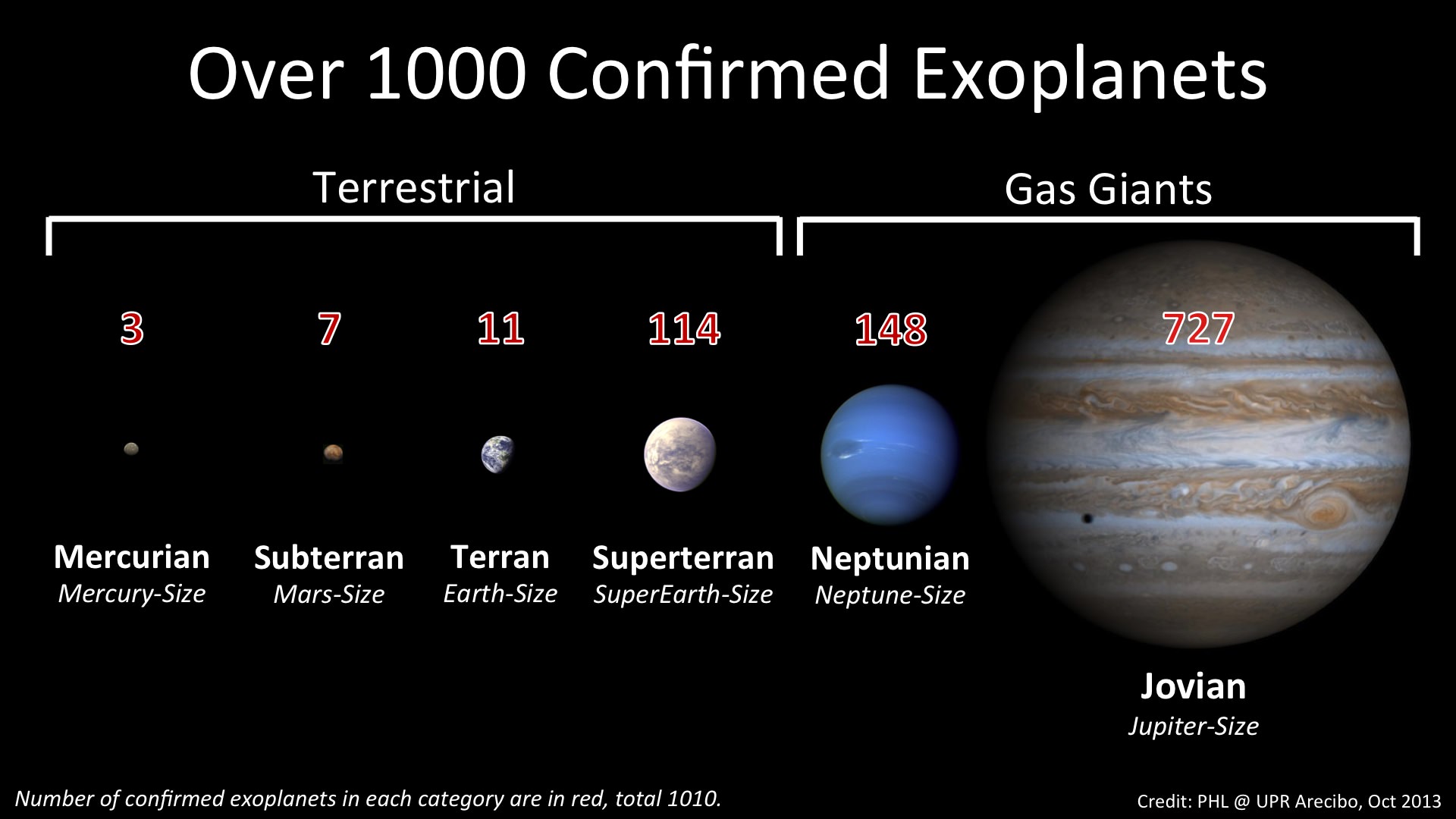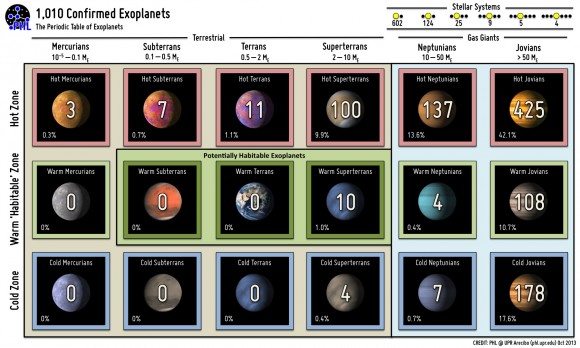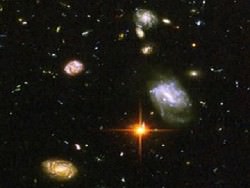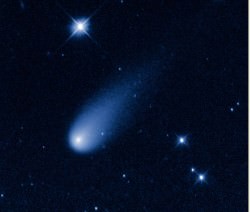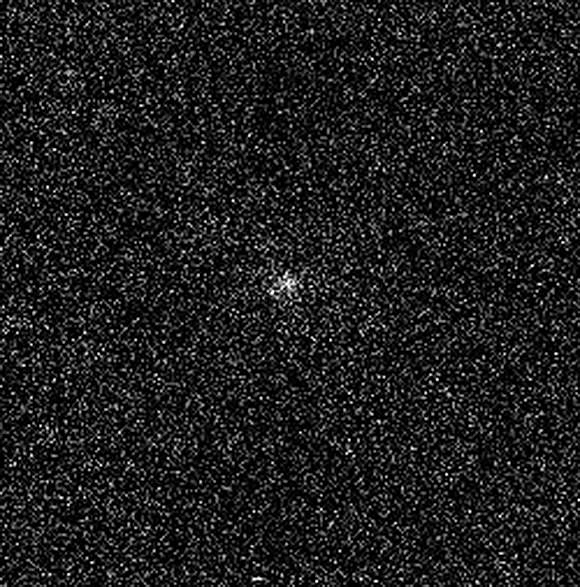It’s amazing to think that for the majority of human history, we had almost no understanding about the Sun. We didn’t know what it was made of, how it formed, or how it produced energy. We didn’t know how big it was, and we didn’t know how far away it was.
We orbit the Sun at a distance of about 150 million kilometers. This number is actually an average, since we follow an elliptical path. At its closest point, the Earth gets to 147 million km, and at its most distant point, it’s 152 million km.
Distances in the Solar System are so vast that astronomers use this distance as a standard for measurement, and so the average distance from the Earth to the Sun is called an astronomical unit. Instead of saying that Pluto is 5.87 billion kilometers away from the Sun, astronomers say that it’s 39 astronomical units, or AUs.
You might be surprised to know that the distance from the Sun to the Earth was only determined within the last few hundred years. There were just too many variables. If astronomers knew how big it was, they could figure out how far away it was, or vice versa, but both of these numbers were mysteries.
Ancient astronomers, especially the Greeks, tried estimating the distance to the Sun in several different ways: measuring the length of shadows on Earth, or comparing the size of the Moon and its orbit to the Sun. Unfortunately, their estimates were off at least by a factor of 10.
The key to figuring out the distance to the Sun came from observing Venus as it passed directly in front of the Sun. This rare event, known as a Transit of Venus, happens only twice every 108 years. Once devised, the best opportunities for taking this precise measurement came during the Venus transits of 1761 and 1769. Astronomers were dispatched to remote corners of the globe to observe the precise moment when Venus began to move in front of the Sun, and when it had moved completely across the surface.
By comparing these measurements, astronomers could use geometry to calculate exactly how far away the Sun is. Their initial calculations put the distance at 24,000 times the radius of the Earth. Not bad considering our modern measurement of 23,455 times the radius of the Earth.
Modern astronomers can use radar and laser pulses to calculate the distance to objects in the Solar System. For example, they fire an intense beam of radio waves at a distant object, like Mercury, and then calculate how long it takes for the waves to bounce off the planet and return to Earth. Since the speed of light is well known, the return travel time tells you how far away the planet is.
Astronomy has truly helped us find our place in the Universe. It nice to be living in a time when many of these big mysteries have been solved. I don’t know about you, but I can’t wait to see what’s around the corner of the next discovery.


